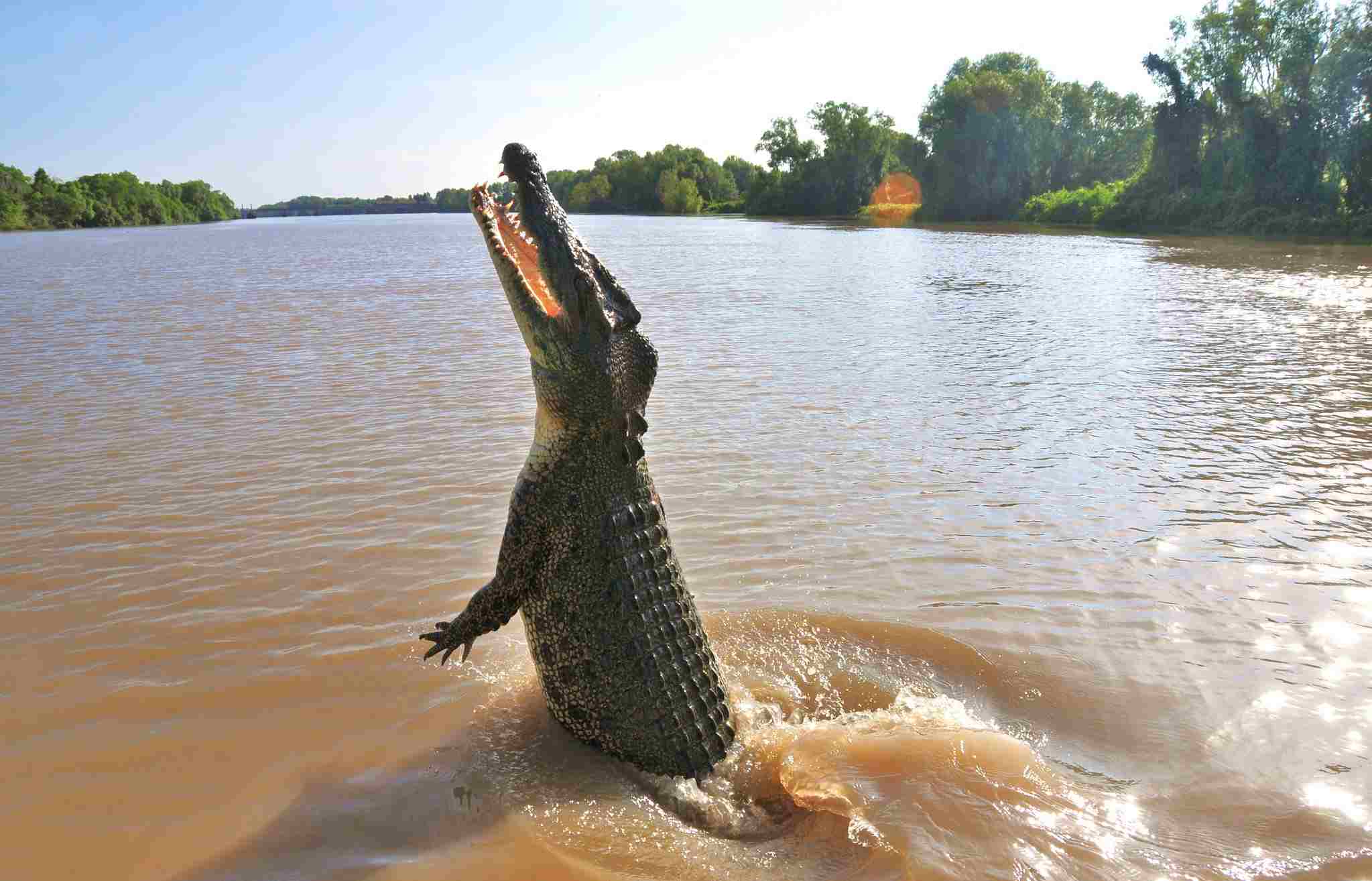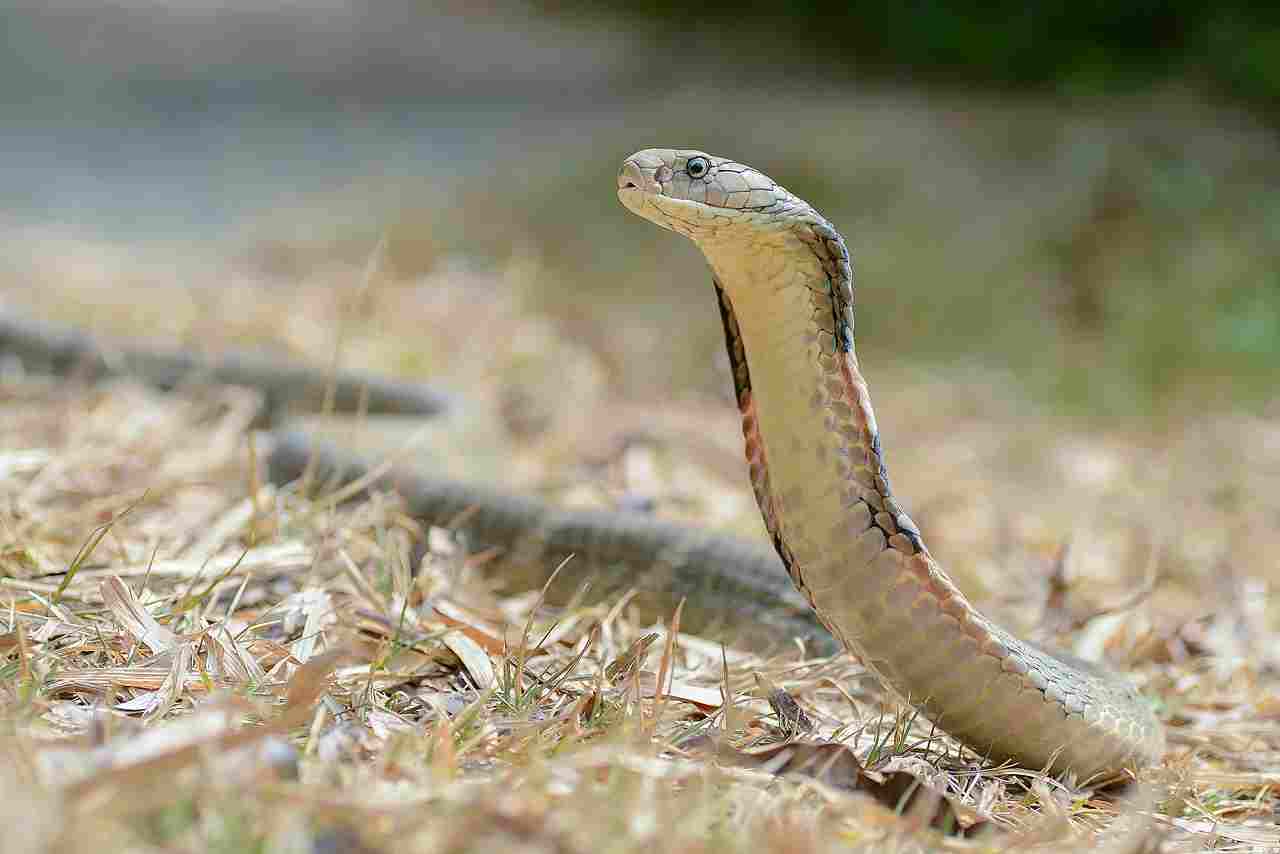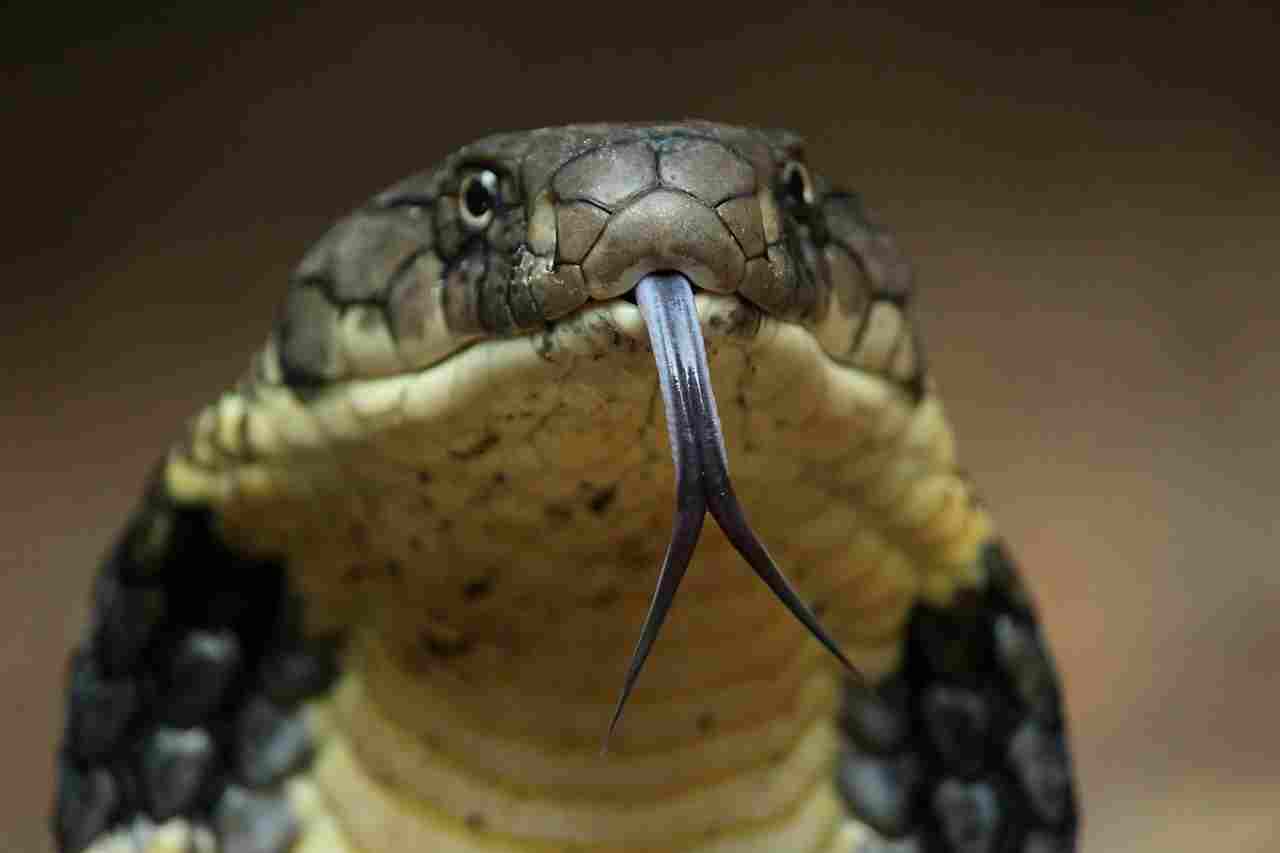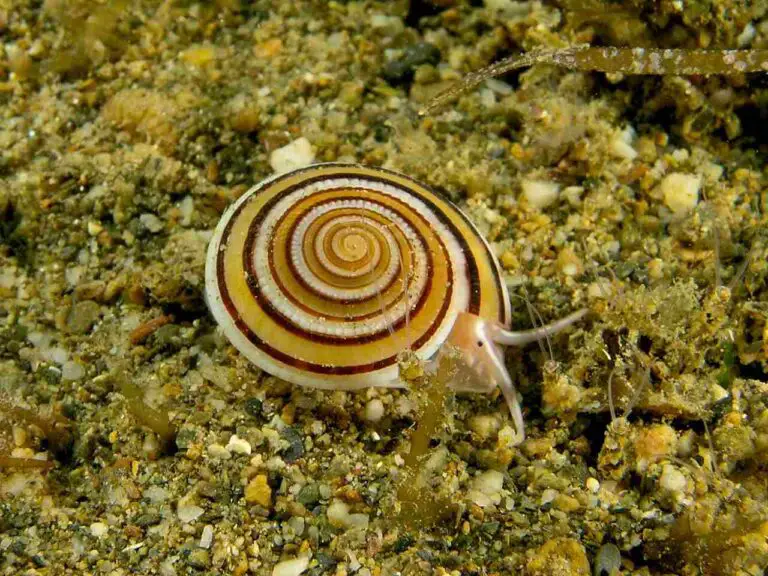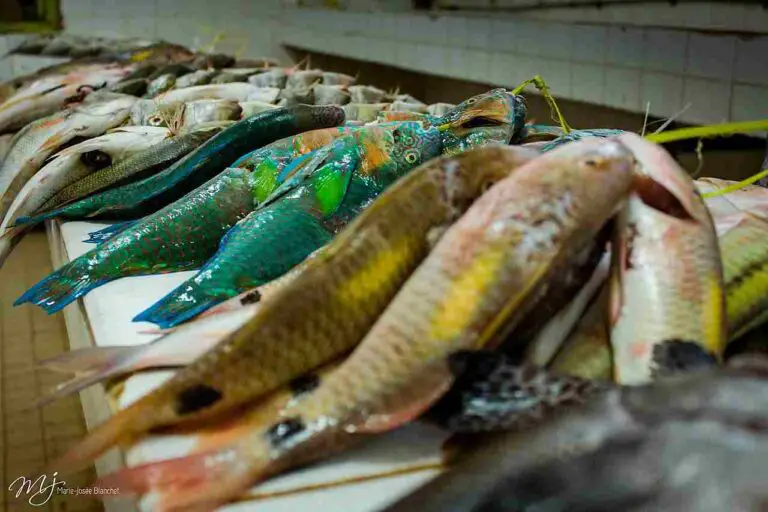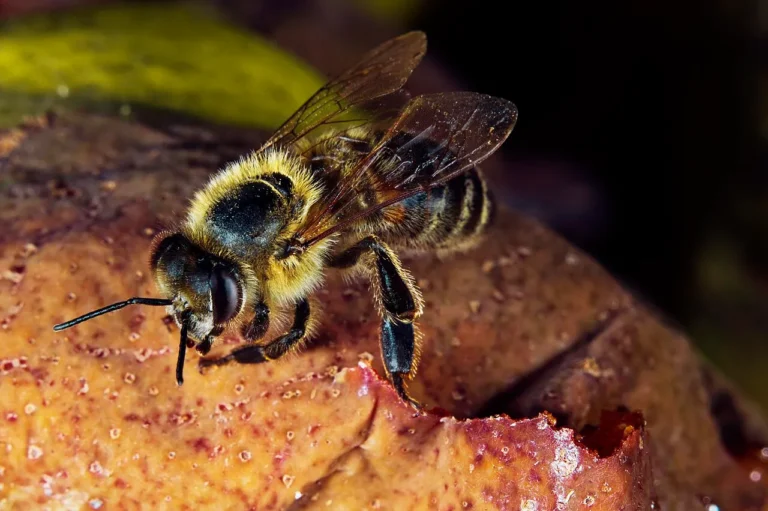29+ Dangerous Animals In Thailand And Their Characteristics
Examples of dangerous animals in Thailand are the King Cobra, Saltwater Crocodile, and Malayan Krait, which are known for their venomous bites and aggressive behavior. Other dangerous species include the Asian Elephant, which can be unpredictable, and the Wild Boar, which may attack when provoked. In marine environments, Box Jellyfish and Stonefish pose risks due to their venomous stings. On land, animals like the Asian Giant Hornet and Bullet Ant are known for their painful stings. Caution and proper safety measures are advised to avoid dangerous encounters with these creatures.
1. King Cobra
The King Cobra (Ophiophagus hannah) is one of Thailand’s most dangerous and feared snakes, known for its size, venom potency, and aggressive nature. It’s the longest venomous snake in the world, capable of reaching lengths over 18 feet (5.5 meters). The King Cobra’s venom is a potent neurotoxin, capable of causing respiratory failure and death if not treated promptly. Unlike other cobras, this species is ophiophagous, meaning it primarily preys on other snakes, though it may also consume lizards and small mammals. King Cobras inhabit forests, bamboo thickets, and near bodies of water in Thailand, and they can become aggressive when threatened or defending their nests. Their impressive hood and loud hissing are warning signs to be taken seriously, and encounters with humans should be avoided whenever possible. Proper care and caution are essential to safely coexist with these magnificent yet deadly reptiles.
2. Siamese Crocodile
The Siamese Crocodile (Crocodylus siamensis) is a critically endangered species native to Thailand’s freshwater habitats, including rivers, lakes, and swamps. Smaller than its saltwater cousin, the Siamese Crocodile can still grow up to 13 feet (4 meters) in length. While it is generally shy and reclusive, it can become aggressive if threatened, especially when guarding nests or young. Habitat destruction and illegal hunting have severely reduced its numbers, but it remains a potential threat to humans and livestock in remote areas. Conservation efforts are ongoing to prevent this unique crocodilian from vanishing completely.
3. Saltwater Crocodile
The Saltwater Crocodile (Crocodylus porosus) is the largest and most aggressive of all crocodilian species, known to inhabit coastal areas and river estuaries in Thailand. These fearsome predators can exceed 20 feet (6 meters) in length and weigh over 2,000 pounds (907 kg). They are apex predators with a reputation for attacking anything that enters their territory, including humans. Their powerful jaws, keen senses, and ambush hunting techniques make them extremely dangerous. While mostly found in coastal regions, they can travel upstream, and their territorial nature means that encounters with humans can be deadly.
4. Malayan Krait
The Malayan Krait (Bungarus candidus) is a highly venomous snake found in Thailand’s forests and rural areas. It is known for its distinctive black and white bands and is typically active at night. The Malayan Krait’s venom is a potent neurotoxin that can cause paralysis and respiratory failure, with a high risk of fatality if not treated promptly with antivenom. Despite its lethal potential, this snake is generally reclusive and prefers to avoid human contact. However, it can become a serious threat when it enters homes or human settlements in search of food.
5. Russell’s Viper
Russell’s Viper (Daboia russelii) is a highly venomous snake found in Thailand, often inhabiting grasslands and rural areas. It is responsible for many snakebite incidents due to its wide distribution and aggressive nature when threatened. Russell’s Viper’s venom contains potent hemotoxins, leading to severe tissue damage, internal bleeding, and, in severe cases, death. It is easily recognizable by its pattern of oval shapes along its body. This snake is a serious threat in agricultural regions, where it is more likely to encounter humans during farming activities.
6. Asian Elephant
The Asian Elephant (Elephas maximus) is the largest land mammal in Thailand, revered in Thai culture but also considered potentially dangerous due to its size and strength. While generally gentle, Asian Elephants can become aggressive if they feel threatened, especially males during the mating season (known as musth) or females protecting their young. Conflicts between elephants and humans can occur in regions where their habitats overlap, leading to property damage or, in rare cases, human injury or death. Conservation efforts focus on maintaining a balance between human development and elephant habitats.
7. Wild Boar

Wild Boars (Sus scrofa) are abundant in Thailand’s forests and agricultural areas, posing a potential threat to humans due to their aggressive nature, particularly when cornered or provoked. These animals are heavily built, with powerful tusks that can cause severe injuries. Wild Boars are known to damage crops, leading to conflicts with farmers, and can transmit diseases to domestic livestock. Encounters with these animals should be approached with caution, as they can be unpredictable and aggressive when defending their territory or young.
8. Leopard
Leopards (Panthera pardus) in Thailand are stealthy and adaptable predators that inhabit dense forests and remote regions. While they generally avoid human contact, leopards can become dangerous when threatened or when their habitats are encroached upon. Known for their remarkable agility and strength, they can pose a threat to livestock and, in rare cases, humans. Leopards have a diverse diet, but competition for food and habitat loss can drive them closer to human settlements, increasing the risk of conflict.
9. Clouded Leopard
The Clouded Leopard (Neofelis nebulosa) is a reclusive and arboreal predator found in Thailand’s dense forests. Despite its smaller size compared to other big cats, it is known for its agility and powerful build, enabling it to take down larger prey. Although Clouded Leopards rarely pose a direct threat to humans, habitat loss and encroachment can lead to more frequent encounters. These leopards are skilled climbers and can be unpredictable when threatened, making them a potential danger in regions where their territories overlap with human settlements.
10. Tiger
The Tiger (Panthera tigris) is the largest of the big cats and one of Thailand’s most iconic and potentially dangerous predators. Tigers are solitary animals that require vast territories, often in dense forests. While they generally avoid human contact, habitat loss and prey depletion can drive them closer to human settlements, leading to conflict. Tigers have immense strength and are capable of taking down large prey, including livestock, making them a significant threat in areas where human and tiger habitats intersect. Conservation efforts focus on preserving their natural habitats and reducing human-tiger conflicts.
11. Asian Black Bear
The Asian Black Bear (Ursus thibetanus), also known as the moon bear, is a large and potentially dangerous mammal found in Thailand’s forests. Recognizable by its distinctive white chest crescent, this bear can be aggressive when threatened or when protecting cubs. Although primarily herbivorous, Asian Black Bears can attack humans if they feel cornered or perceive a threat. Encounters with these bears often occur in remote forested areas, and proper precautions are needed to prevent dangerous confrontations. Conservation efforts aim to protect their habitats while reducing human-bear conflicts.
12. Sun Bear
The Sun Bear (Helarctos malayanus) is the smallest of the bear species, but don’t let its size fool you—this bear can be fiercely territorial and aggressive when provoked. Found in the forests of Thailand, Sun Bears are known for their distinctively short fur and large tongue. They generally avoid human interaction but may become dangerous when surprised or when their habitat is threatened. Encounters with humans can lead to aggressive behavior, with their sharp claws and teeth posing a significant risk. Conservationists work to protect their forest habitats and reduce potential conflicts with humans.
13. Irrawaddy Dolphin
The Irrawaddy Dolphin (Orcaella brevirostris) is a unique and endangered cetacean found in Thailand’s coastal waters and rivers. Unlike other dolphins, it has a blunt forehead and a rounded dorsal fin. Although generally not aggressive, Irrawaddy Dolphins can become a potential threat due to their large size and unpredictable behavior, especially when they feel threatened. They are often impacted by habitat degradation and fishing nets, leading to conflicts with human activities. Conservation efforts aim to protect their populations and reduce harmful human-dolphin interactions.
14. Box Jellyfish
The Box Jellyfish (Chironex fleckeri) is one of the most venomous marine creatures in Thailand’s coastal waters. Recognized by its cube-shaped bell and long tentacles, this jellyfish can deliver a powerful and potentially lethal sting. The venom causes intense pain, paralysis, and, in severe cases, cardiac arrest. Box Jellyfish are most commonly found in warm coastal waters, and their translucent bodies make them difficult to spot. Swimmers and beachgoers are advised to take precautions in regions where these jellyfish are present, including wearing protective clothing and observing warnings from local authorities.
15. Scorpionfish
Scorpionfish (Scorpaenidae) are a family of venomous fish found in Thailand’s coral reefs and rocky coastal areas. Known for their excellent camouflage, they blend seamlessly with their surroundings, making them easy to overlook. Scorpionfish possess venomous spines along their dorsal fin, which can cause intense pain, swelling, and even systemic symptoms if stung. Although they are not aggressive, accidental contact can result in painful injuries. Divers and snorkelers are advised to be cautious around reef environments and avoid touching marine life.
16. Stonefish
The Stonefish (Synanceia) is considered the most venomous fish in Thailand’s coastal waters. With its uncanny ability to resemble rocks and coral, it’s often accidentally stepped on by swimmers and snorkelers, leading to excruciating stings. Stonefish possess potent neurotoxins that can cause intense pain, swelling, and even respiratory failure in severe cases. Their venomous spines are located on the dorsal fin, and contact should be avoided at all costs. First aid for stonefish stings involves immersing the affected area in hot water and seeking medical attention immediately.
17. Moray Eel
Moray Eels (Muraenidae) are found in Thailand’s coral reefs and rocky underwater environments, known for their snake-like bodies and sharp teeth. While they are generally shy and prefer to hide in crevices, they can become aggressive if disturbed or threatened. Moray Eels have a powerful bite that can cause severe lacerations and infection due to bacteria in their mouths. Divers and snorkelers should exercise caution near Moray Eel habitats, avoiding putting hands into crevices or approaching them too closely to prevent provocation.
18. Giant Centipede
The Giant Centipede (Scolopendra) is a large and potentially dangerous arthropod found in Thailand’s forests and rural areas. With its long, segmented body and numerous legs, this centipede can deliver a painful and venomous bite. The venom can cause intense pain, swelling, and, in some cases, systemic symptoms like nausea and fever. Giant Centipedes are generally reclusive but may enter homes in search of food, leading to unexpected encounters. Proper precautions and quick medical attention can help manage the effects of their venomous bite.
19. Golden Orb Weaver Spider
The Golden Orb Weaver Spider (Nephila) is a large and striking spider found in Thailand’s forests and gardens. Known for its golden webs, this spider generally poses little threat to humans, despite its intimidating size. However, its venom can cause mild pain, redness, and swelling if bitten. The Golden Orb Weaver prefers to build large webs in trees or between structures, and encounters with humans are usually accidental. Though not aggressive, caution should be taken when moving through areas where these spiders are prevalent to avoid accidental contact with their webs or the spiders themselves.
20. Redback Spider
The Redback Spider (Latrodectus hasselti) is a highly venomous spider found in Thailand, known for its distinctive red stripe on the back of its black body. Closely related to the black widow, the Redback’s venom is a potent neurotoxin that can cause severe pain, muscle spasms, and, in some cases, systemic symptoms. Although bites are rare, they can be serious, especially for children and the elderly. These spiders often inhabit dark, sheltered places, such as under rocks or in sheds. Proper caution and seeking medical attention after a bite are essential to prevent complications from this spider’s venom.
21. Red-tailed Bamboo Pit Viper
The Red-tailed Bamboo Pit Viper (Trimeresurus erythrurus) is a venomous snake found in Thailand’s bamboo forests and rural areas. This snake is known for its vibrant green body with a distinctive red tail. Its venom contains hemotoxins that can cause severe pain, swelling, and tissue damage. Although bites are rare, they can be dangerous if not treated with antivenom. This pit viper is generally arboreal and nocturnal, but it can be encountered on the ground, especially when it is hunting for food or during the breeding season. Caution is advised when walking through its habitat, especially at night.
22. Mosquito (disease vector)
Mosquitoes in Thailand are dangerous not because of their bite, but due to their role as disease vectors. They can transmit serious diseases such as dengue fever, malaria, chikungunya, and the Zika virus. These diseases can cause severe symptoms and, in some cases, can be life-threatening. Mosquitoes are widespread in Thailand’s tropical climate, thriving in stagnant water and densely populated areas. Protective measures such as insect repellent, mosquito nets, and eliminating breeding grounds are essential to reduce the risk of mosquito-borne illnesses.
23. Bullet Ant
The Bullet Ant (Paraponera clavata) is known for its incredibly painful sting, often described as feeling like being shot by a bullet. Although more commonly found in Central and South America, these ants have been reported in some parts of Thailand. The venom from a Bullet Ant sting can cause intense pain, swelling, and muscle spasms, with symptoms lasting for several hours. While not usually lethal, the extreme pain can be debilitating. Caution is advised in areas where Bullet Ants are known to inhabit, and protective clothing can help prevent stings.
24. Fire Ant
Fire Ants (Solenopsis invicta) are aggressive and invasive ants found in Thailand, known for their painful stings that can cause severe allergic reactions. These ants are small but swarm aggressively when their nests are disturbed, stinging repeatedly. Fire Ant stings can cause intense pain, swelling, and, in some cases, anaphylactic shock. They are commonly found in grasslands, gardens, and agricultural areas, posing a risk to humans and livestock. Avoiding their nests and using insecticides to control their population are essential to prevent dangerous encounters.
25. Asian Giant Hornet
The Asian Giant Hornet (Vespa mandarinia) is a large and aggressive hornet found in Thailand’s rural areas and forests. These hornets are known for their painful and potentially lethal stings, especially in cases of multiple stings or allergic reactions. They can become highly aggressive when their nests are disturbed and have been known to attack in swarms. The sting of an Asian Giant Hornet can cause intense pain, swelling, and, in severe cases, anaphylactic shock. Proper caution and protective measures are recommended in areas where these hornets are found.
26. Wolf Snake
The Wolf Snake (Lycodon) is a non-venomous snake found in Thailand, often mistaken for its venomous counterparts due to its striking black and white pattern. While it does not pose a direct threat to humans, it can deliver a painful bite if provoked. Wolf Snakes are generally harmless and prefer to avoid human contact, but they can enter homes in search of food, leading to unexpected encounters. Though not dangerous in terms of venom, caution should be taken when dealing with any snake bite to avoid infection and other complications.
27. Reticulated Python
The Reticulated Python (Malayopython reticulatus) is one of the world’s longest snakes, found in Thailand’s forests and rural areas. Although non-venomous, this python is a constrictor, capable of subduing large prey by wrapping around it and suffocating it. While generally not a threat to humans, Reticulated Pythons can be dangerous when threatened or if they mistake humans for prey. These pythons can grow to lengths exceeding 20 feet (6 meters), making them a formidable presence in their natural habitat. Proper care and handling are essential to avoid potentially dangerous encounters.
28. Water Monitor
The Water Monitor (Varanus salvator) is a large lizard found in Thailand’s wetlands, rivers, and swamps. These reptiles can grow over 6 feet (1.8 meters) in length and possess sharp claws and a strong tail. Although generally not aggressive, Water Monitors can become dangerous when threatened or provoked, and their bite can cause severe lacerations. They are skilled swimmers and can be found in urban areas, often in search of food. Proper caution is advised when encountering these lizards, and it is best to leave them undisturbed.
29. Sea Urchin
Sea Urchins are marine creatures found in Thailand’s coastal waters, known for their spiny exteriors. While generally not aggressive, they can cause painful injuries if stepped on or touched. Their spines can puncture the skin, leading to pain, swelling, and potential infection. Some species of Sea Urchin also possess venomous spines, which can cause more severe reactions. Beachgoers and swimmers should exercise caution when exploring rocky or coral environments to avoid accidental contact with Sea Urchins.
30. Lionfish
Lionfish (Pterois) are beautiful but venomous fish found in Thailand’s coral reefs and coastal areas. They have distinctive fins with long, flowing spines that contain venom. While not aggressive, Lionfish can deliver a painful sting if touched or provoked. Their venom can cause intense pain, swelling, and, in some cases, systemic reactions. Lionfish are a common sight in reef environments, and divers should exercise caution to avoid accidental contact with their spines.
| Animal | Description |
| King Cobra |
Longest venomous snake; potent neurotoxin; aggressive.
|
| Siamese Crocodile |
Critically endangered; inhabits freshwater areas; can be aggressive.
|
| Saltwater Crocodile |
Largest crocodile; highly aggressive; coastal regions.
|
| Malayan Krait |
Highly venomous snake; neurotoxin; reclusive.
|
| Russell’s Viper |
Highly venomous snake; hemotoxin; aggressive.
|
| Asian Elephant |
Largest land mammal; can be aggressive during musth or when protecting young.
|
| Wild Boar |
Aggressive when provoked; poses threat to humans and livestock.
|
| Leopard |
Agile predator; can pose threat to livestock and occasionally humans.
|
| Clouded Leopard |
Reclusive; poses danger when threatened or habitat encroached upon.
|
| Tiger |
Largest of the big cats; requires vast territory; potential conflict with humans.
|
| Asian Black Bear |
Potentially dangerous when threatened; large and aggressive.
|
| Sun Bear |
Smallest bear; can be aggressive when provoked.
|
| Irrawaddy Dolphin |
Unique cetacean; potential danger due to large size and unpredictable behavior.
|
| Box Jellyfish |
One of the most venomous; potentially lethal sting.
|
| Scorpionfish |
Venomous spines; can cause intense pain and systemic symptoms.
|
| Stonefish |
Most venomous fish; camouflaged; excruciating stings.
|
| Moray Eel |
Sharp-toothed; can be aggressive when disturbed.
|
| Giant Centipede |
Venomous; painful bite; found in forests and rural areas.
|
| Golden Orb Weaver Spider |
Large spider; venom generally mild; builds large webs.
|
| Redback Spider |
Highly venomous; potent neurotoxin; can cause severe reactions.
|
| Red-tailed Bamboo Pit Viper |
Hemotoxic venom; found in bamboo forests; striking coloration.
|
| Mosquito (disease vector) |
Transmits serious diseases; significant health threat.
|
| Bullet Ant |
Extremely painful sting; described as feeling like a bullet.
|
| Fire Ant |
Aggressive; painful stings; potential allergic reactions.
|
| Asian Giant Hornet |
Large and aggressive; painful and potentially lethal stings.
|
| Wolf Snake |
Non-venomous; generally harmless but can bite if provoked.
|
| Reticulated Python |
Non-venomous constrictor; one of the longest snakes; can be dangerous.
|
| Water Monitor |
Large lizard; sharp claws; generally not aggressive but can be if provoked.
|
| Sea Urchin |
Spiny marine creatures; can cause painful punctures and potential venom reactions.
|
| Lionfish |
Venomous spines; found in coral reefs and coastal areas.
|
